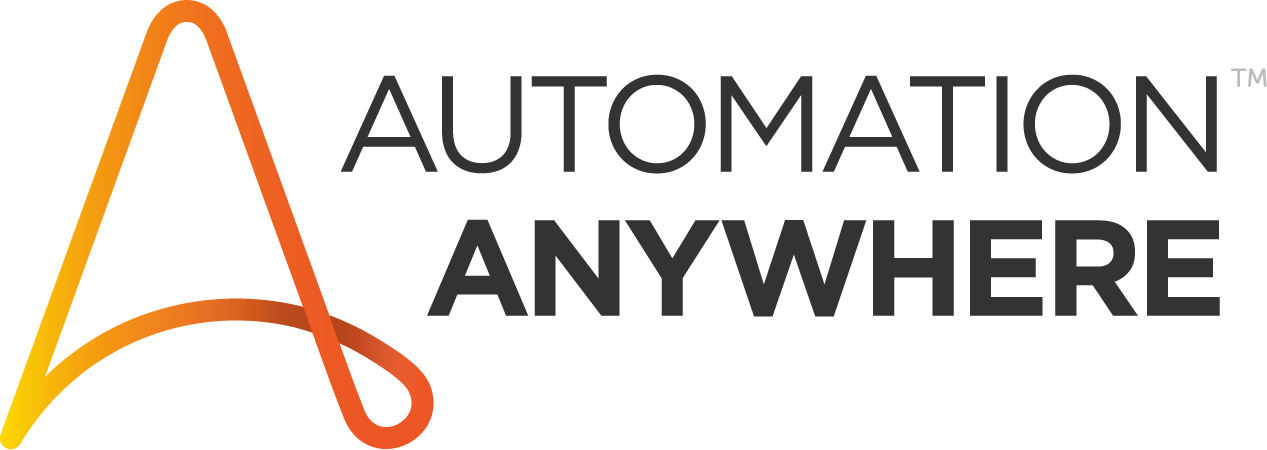The scalability of Automation Anywhere, the framework, and user interface are particularly impressive. When evaluating Automation Anywhere versus alternatives such as UiPath for RPA specifically, their tool works exceptionally well. Their customer support model has been fantastic at resolving issues. Security and infrastructure are other significant components why we continue to use them.
The actual tools on the RPA side have been very nice to work with. When onboarding members of our team, being a lower-code platform with much of it being no code, it has been good to bring people up to speed. It's easy to bring both people from developer and non-developer backgrounds up to scale. Our developers have applied standard SDLC principles towards working within that platform.
With agentic process automation, there are several challenges we were looking to solve. GenAI infused document automation has been of great interest to us, especially in invoice processing for our financial side. With APA in particular, some use cases involve taking complex processes that could have large decision trees, and instead of dedicating time and resources towards fleshing out all those if/then statements or pushing exceptions to human middle processing, we aim to lower that scope and allow for quicker delivery time.
The Composer orchestration tools have been great in developing new solutions. Automation Anywhere started as a pilot at our CMU, where we are at the forefront of numerous computer science areas. It's part of our CTO's mission to embrace automation tools, artificial intelligence, and robotic process automation, bringing internal processes into the 21st century and beyond.
Automation Anywhere helps us overcome challenges in the age of GenAI. The platform has solved our initial challenges as we transition from being a pilot to a long-term customer. With GenAI, challenges revolve around use case identification and implementing AI in processes while ensuring governance and protecting sensitive information, government information, and student information.
AI governance and data protection are extremely important for our company. We are currently reviewing the Autopilot capability and evaluating document automation with AI capabilities for new solutions.
